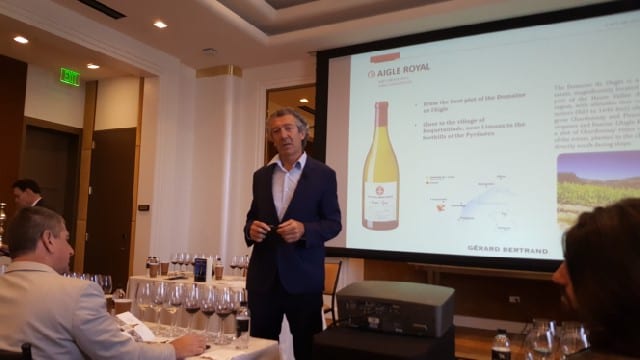Talking About Terroir with Capçanes
This story originally appeared in the Napa Valley Register.
Wine grapes are grown in a variety of soils. The influence of the soil is one of the many factors that contribute to a resulting wine. But can you taste this difference?
There are general descriptors that say that sandy soils produce highly aromatic wines with low tannins and clay soils produce muscular wines with high extract. And there are examples of wines from around the world that demonstrate the influence on wines from sandy, volcanic, clay, limestone, slate and other soils.
But to really understand the influence of soil on wine, what if you could narrow down all of the other elements -- same grape, same vintage, same region, same viticulture practices, same vinification but four different soils? You can with Capçanes’ La nit de les garnatxes series.
20 February, 2018






